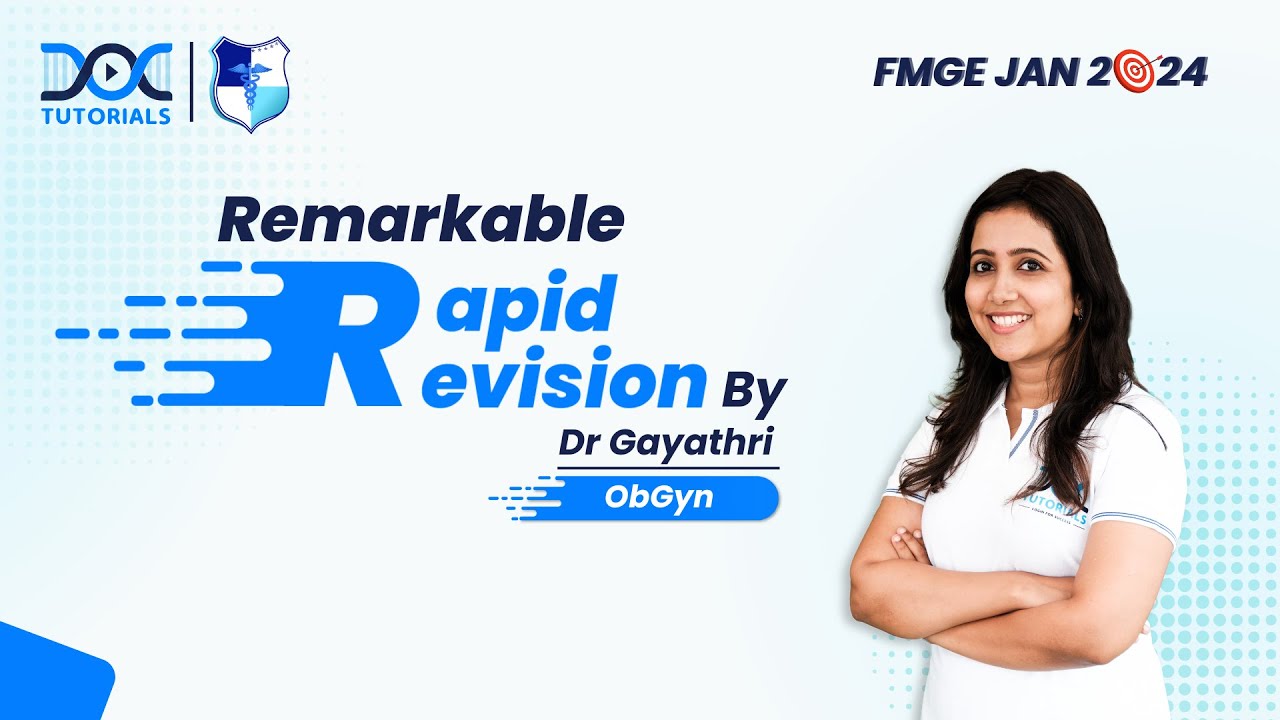The Ob/Gyn Channel
NEW YORK (Reuters Health) – Warming contrast medium from room temperature to body temperature reduces pain experienced during hysterosalpingography and the occurrence of vasovagal episodes, according to the results of a prospective randomized trial conducted in China.
“Compared with the warm medium, room-temperature medium is a cold irritation to body. Cold irritation can convert into pain,” comment the authors of the report in Fertility and Sterility online March 28.
Dr. Yi-Yang Zhu and colleagues at Taizhou Hospital of Zhejiang Province, Wenzhou Medical College, Linhai City, point out that hysterosalpingography (HSG) remains widely used during an infertility work-up but is associated with lower abdominal pain and vasovagal effects such as nausea, sweating and bradycardia. While warming echoic contrast media in sonohysterography has been shown to reduce discomfort, a similar approach in HSG has not been tested.
Accordingly, the team recruited 200 women undergoing HSG to compare the effects of contrast medium warmed to 37 C versus room-temperature medium.
During the procedure, mean pain scores on a 0-10 visual analog scale were initially 3.83 in the warmed-medium group compared to 5.00 in the cool medium group (p
Respective rates of vasovagal episodes were 8.2% compared with 26.3% (p
In discussing the findings, Dr. Zhu and colleagues surmise that warming the medium reduces the effect of cold stimuli on nociceptors, and reduces the medium’s viscosity. “The viscosity affects the hydrostatic pressure and the speed at which the contrast medium can be injected. Lower injection force is reported to be associated with less pain owing to hysterosalpingo cramping,” they comment.
SOURCE:
Comparison of warm and cold contrast media for hysterosalpingography: a prospective, randomized study
Fertil Steril 2012






